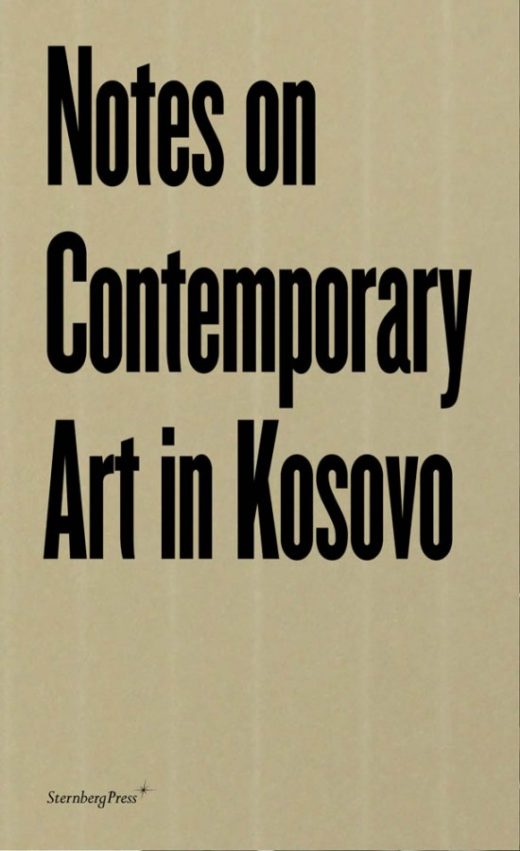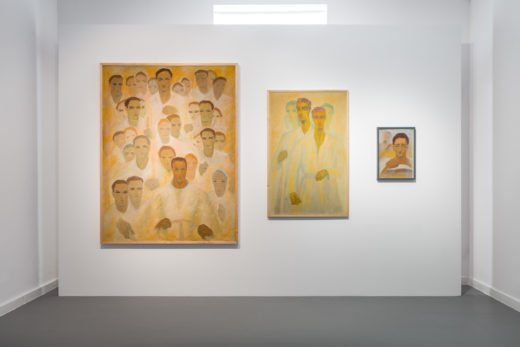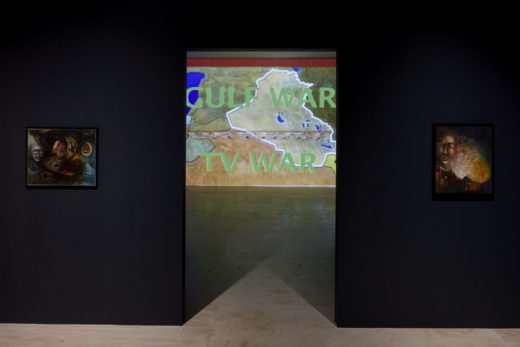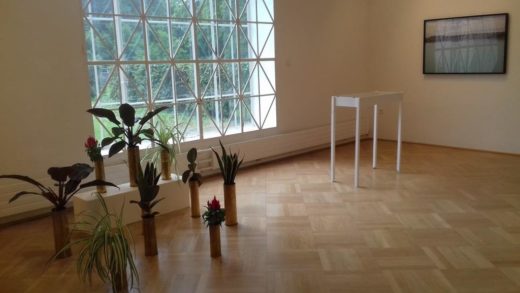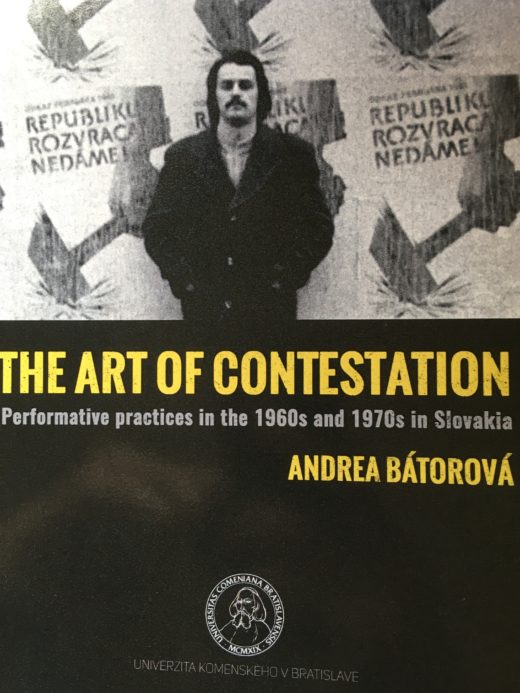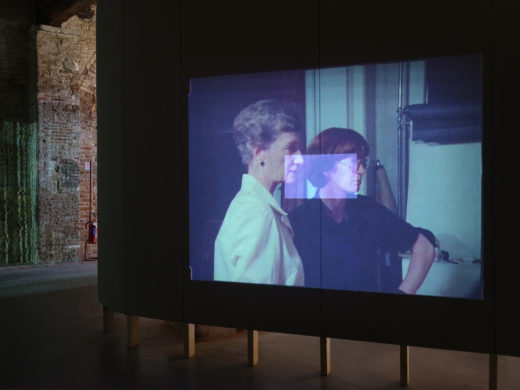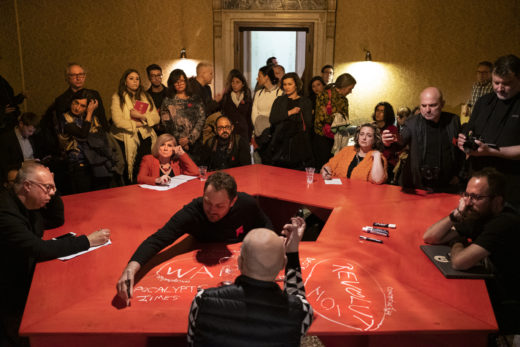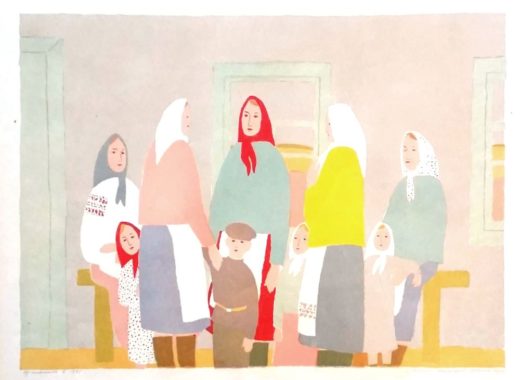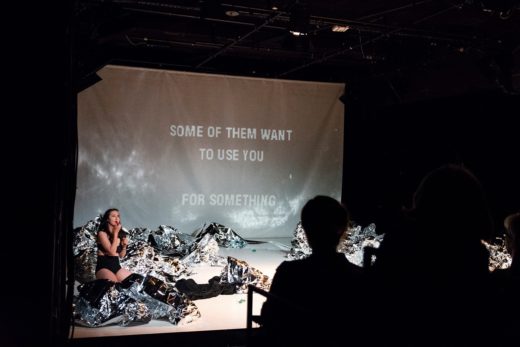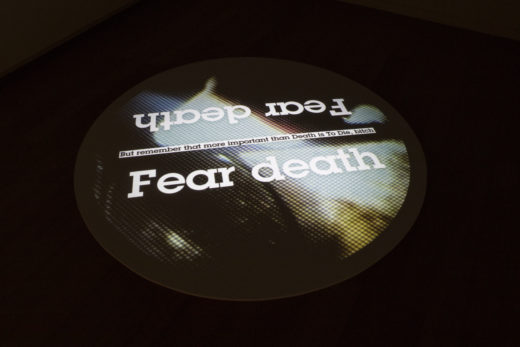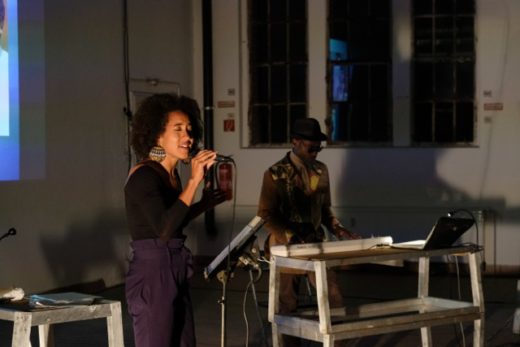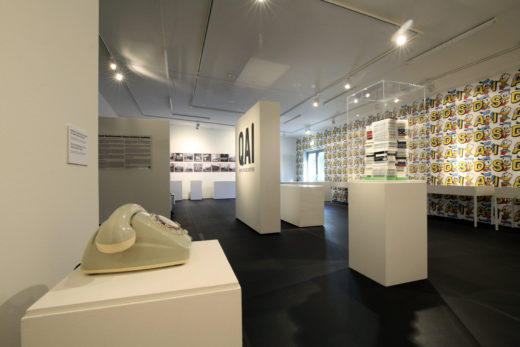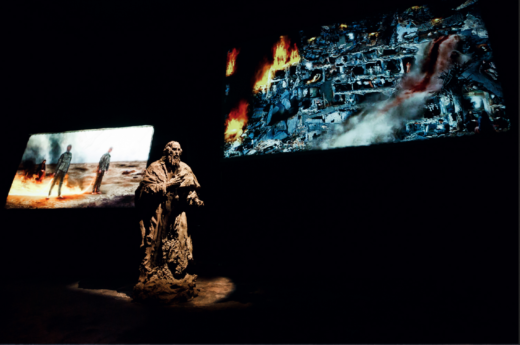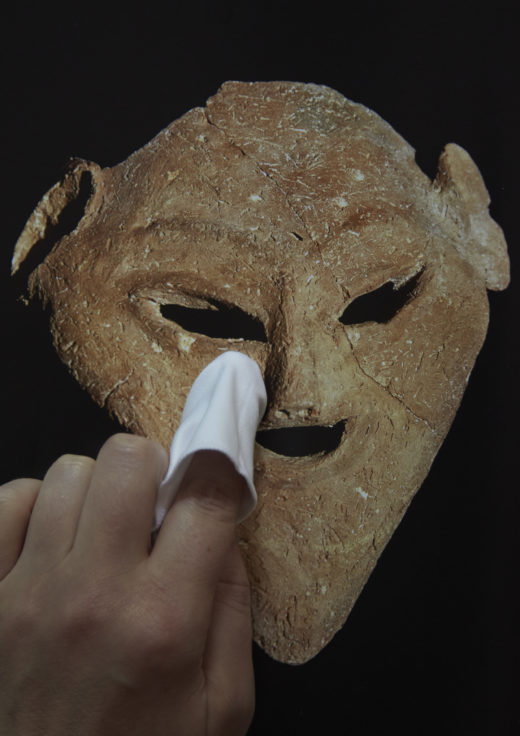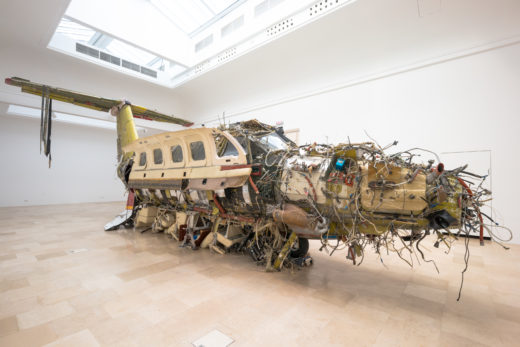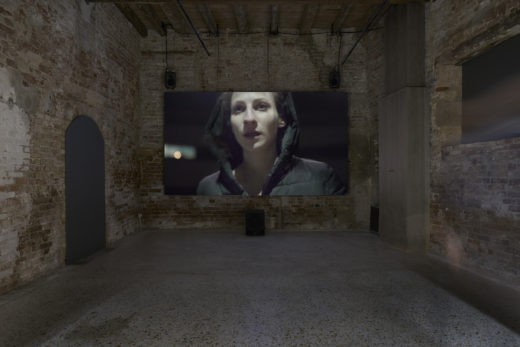Notes on Contemporary Art in Kosovo
Katharina Schendl, ed., Notes on Contemporary Art in Kosovo (Berlin: Sternberg Press, 2018), 128pp.
Notes on Contemporary Art in Kosovo is a slim volume collecting eight short essays and two interviews focused on Kosovo’s art scene. Published as part of the tranzit.at (the Vienna-based branch of the transnational contemporary art network tranzit.org) Glossary series, the book’s stated goal is to provide the grounds for understanding how the contemporary art scene in Kosovo shaped itself beginning in the ‘90s decade. The texts included in the volume span the last twenty years,(In a few cases, it is unclear precisely when and … Read more

